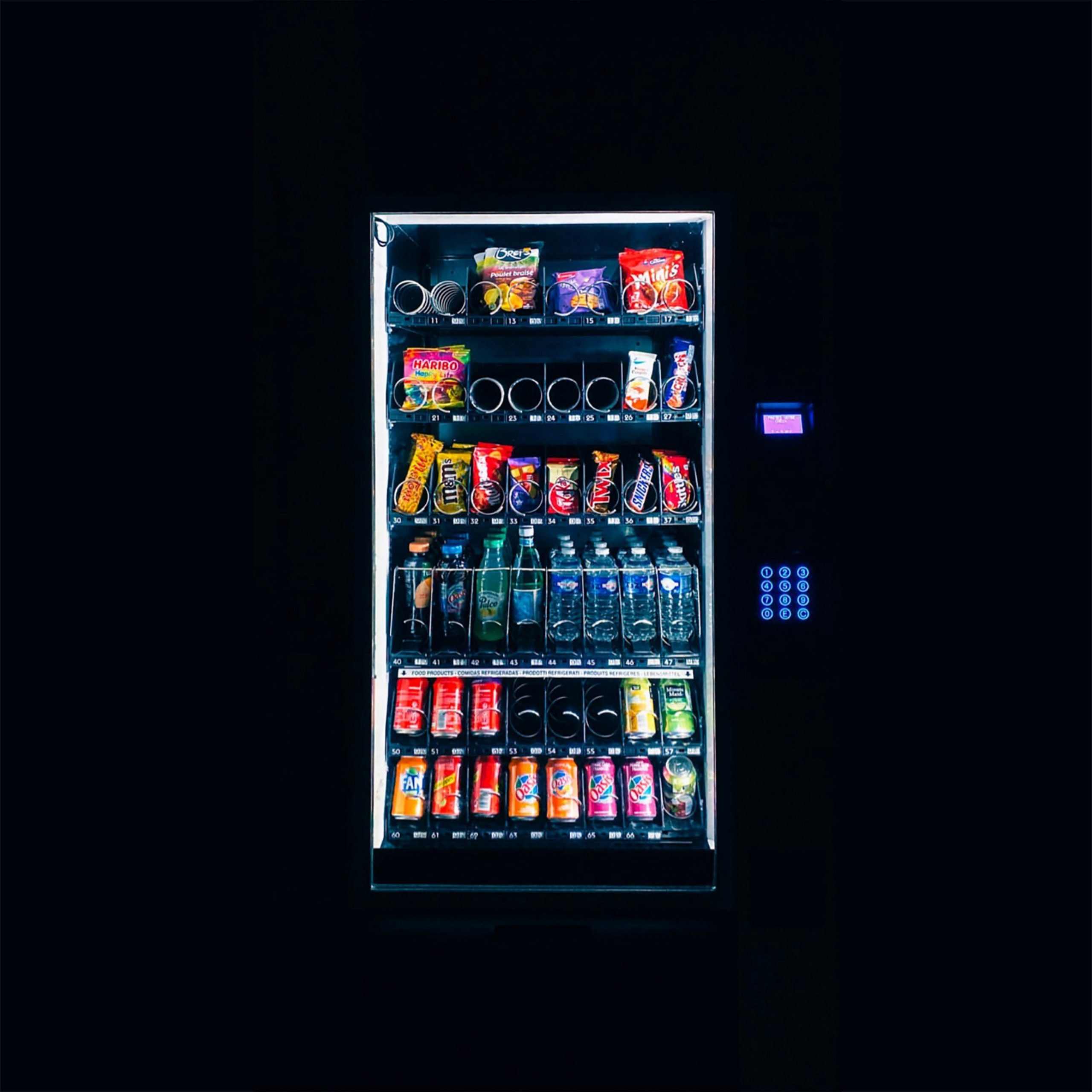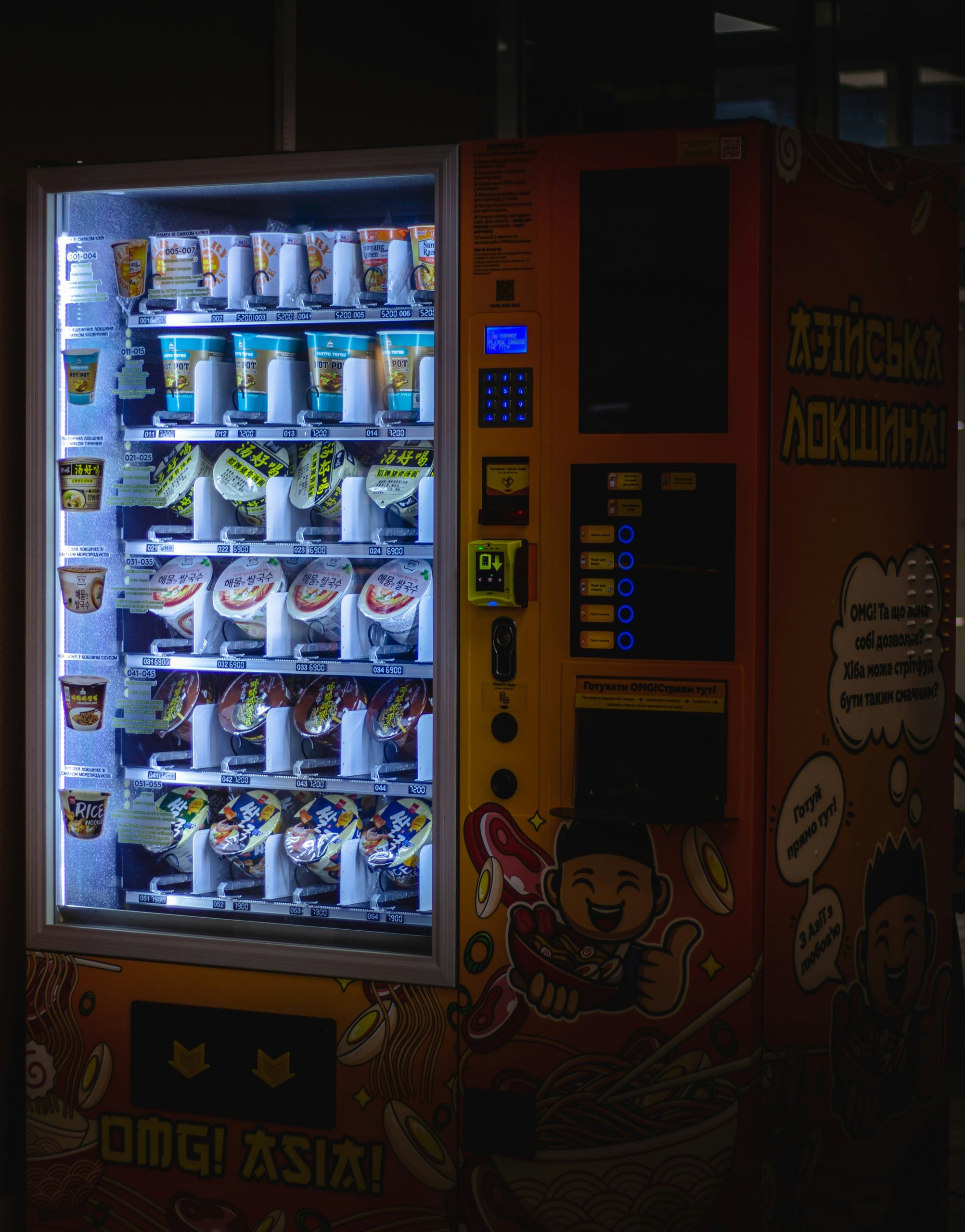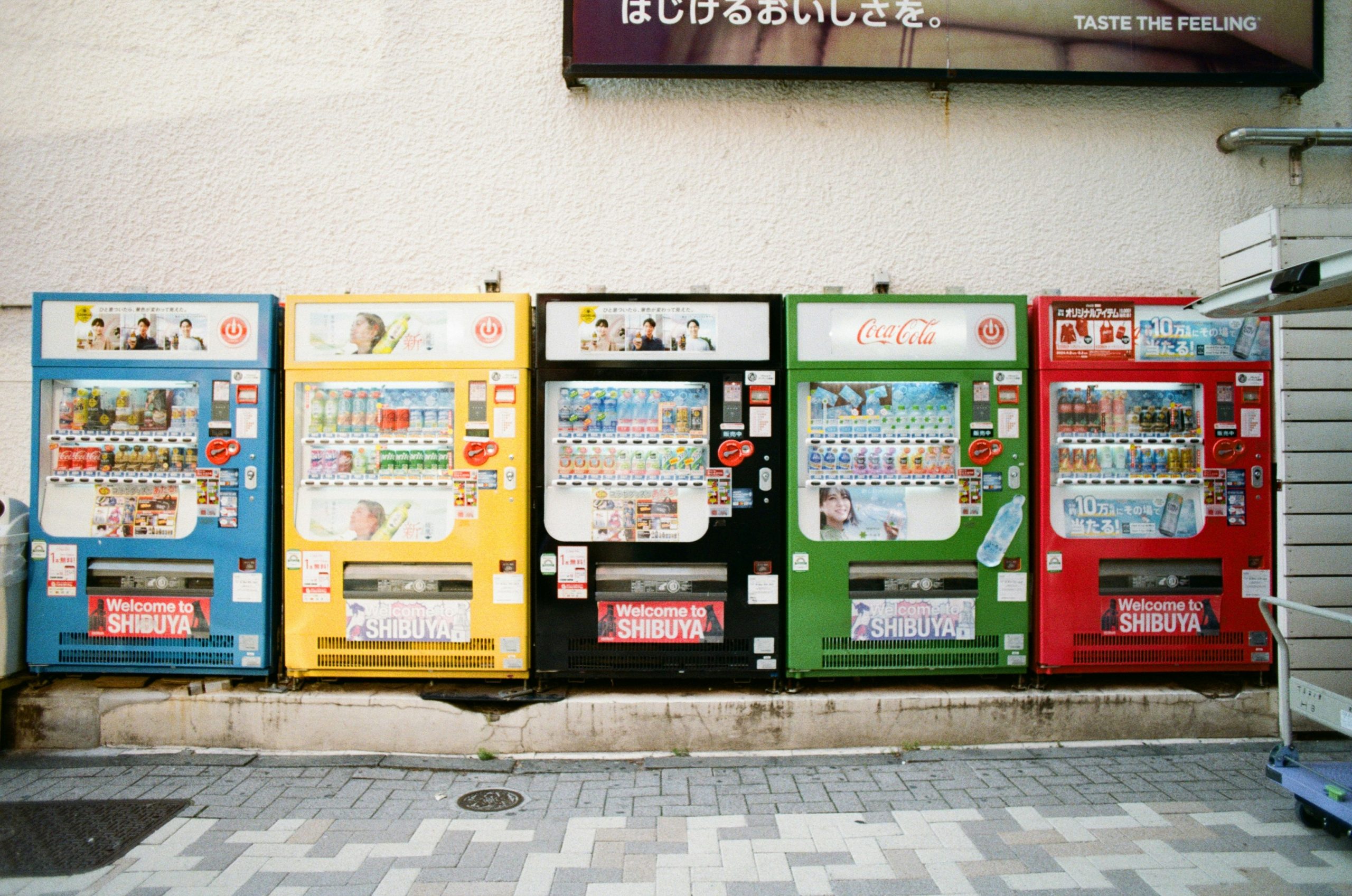
Vending machines have become an integral part of modern convenience, providing quick access to snacks, beverages, and even high-tech items. However, when a vending machine malfunctions, it’s more than just a minor inconvenience; for vending business owners, it directly impacts revenue.
If you’re looking for insights on how to handle common vending machine repairs or simply want to better understand how to maintain these automated wonders, you’re in the right place. By the end of this guide, you’ll learn how to troubleshoot common issues, execute basic repairs, and know when to call in a professional.
Why Vending Machine Maintenance Matters
Consistent maintenance and timely repairs ensure:
- Minimized Down-Time: A broken machine means lost revenue and unhappy customers.
- Maximized Lifespan: Consistent upkeep helps machines last longer, reducing costly replacements.
- Customer Satisfaction: When a vending machine operates smoothly, it keeps customers happy and returning.
Whether you operate a couple of vending machines as a side hustle or run a large vending empire, understanding the basics of repair and maintenance can save you time and money.
Common Problems with Vending Machines (and How to Fix Them)
Like any piece of equipment, vending machines are prone to wear and tear. Here are some of the most common issues and step-by-step repair tips to address them yourself.
1. The Machine Isn’t Accepting Money
One of the most common customer complaints is when their cash or coins aren’t accepted.
Potential Causes:
- Jammed coin mechanism
- Dirt or grime in the bill acceptor
- Faulty sensor that misreads valid currency
Fix:
- Check and Remove Jams: Open the coin mechanism and remove any stuck coins manually.
- Clean the Bill Acceptor: Dust and dirt often interfere with money recognition. Use a cotton swab and isopropyl alcohol to clean the sensors.
- Test the Sensors: If the problem persists, the sensor might need recalibration or replacement.
2. Items Are Not Dispensing Properly
It’s frustrating for a user to hear their snack get stuck, leaving them without their purchase and you with an angry customer.
Potential Causes:
- Misaligned spirals or shelves
- Out-of-stock errors due to incorrect sensor readings
- Jammed product
Fix:
- Realign the Spiral: Turn off the machine and manually adjust the spiral feeder to ensure products can smoothly fall when dispensed.
- Check Stock Sensors: Make sure the sensors aren’t blocked by debris and recalibrate them if needed.
- Inspect for Jams: Clear any blocked items and test the system by dispensing different products.
3. Cooling Problems
A warm soda isn’t just disappointing; it could tarnish your vending reputation. Cooling issues are typically associated with machines that sell beverages.
Potential Causes:
- Faulty compressor
- Dirty condenser coils
- Refrigerant leaks
Fix:
- Clean the Coils: Unplug the machine and use a vacuum or brush to remove dirt buildup on the condenser coils.
- Inspect the Compressor: Listen for unusual noises (like loud clicking) that may indicate a failing motor.
- Call a Technician for Refrigerant Issues: Leaks or low refrigerant must be addressed by a professional as handling it yourself can be dangerous.
4. Electrical Problems
Your vending machine won’t operate at all if it isn’t receiving power.
Potential Causes:
- Blown fuses
- Loose wiring
- Faulty power supply
Fix:
- Check Power Connections: Ensure the machine is properly plugged in and that the outlet is functional.
- Replace Blown Fuses: Inspect the fuse box inside the machine and replace any broken ones.
- Test Wiring: Look for visible damage to the wiring and secure any loose connections.
5. Touchscreen or Display Malfunction
For high-tech vending machines, touchscreen or display issues can be particularly disruptive.
Potential Causes:
- Software glitches
- Damaged display cables
- Screen calibration issues
Fix:
- Reboot the Machine: Most software glitches clear up with a simple restart.
- Update Firmware: Check if the machine is running outdated software and update it via the provider’s platform.
- Inspect the Display Connections: Ensure that internal display cables are properly secured.
The Tools You’ll Need for Basic Vending Machine Repairs
Having the right tools on hand can significantly improve the speed and efficiency of your repairs. Here’s a quick list of essentials:
- Screwdrivers (Phillips and flathead)
- Multi-meter for testing electrical currents
- Cleaning kit (alcohol wipes, brushes, compressed air)
- Replacement parts such as fuses, sensors, and light bulbs
- User manual specific to your vending machine model (always keep this handy!)
When to Call a Professional
While many repairs can be handled independently, certain complex problems require the expertise of a professional technician. Here’s when you should bring in the pros:
- Compressor repairs or refrigerant replacement
- Persistent software malfunctions that can’t be resolved through simple updates
- Advanced electrical issues involving the machine’s internal circuitry
Don’t hesitate to reach out to your machine’s manufacturer or a trusted vending machine repair company if you’re unsure or unable to fix the problem safely.
Tips for Preventative Maintenance
The best way to reduce vending machine repairs is to prioritize regular maintenance. Follow these tips to keep your machines running smoothly:
- Clean the Machine Weekly: Dust, dirt, and product debris can cause operational issues over time.
- Restock and Rotate Products Regularly: Ensure products are stocked properly and avoid expired items.
- Inspect Mechanisms Bi-Weekly: Check for jammed coins, loose wires, or misaligned components.
- Update Software Monthly: If applicable, keep software and firmware current to avoid glitches.
- Get Annual Professional Maintenance: Professional inspections can catch problems before they escalate.
Boost Your Business with Well-Maintained Machines
Well-maintained vending machines can make all the difference for your business. From happy customers to increased profits, taking the time to learn about vending machine repair and maintenance ensures that your machines consistently perform without a hitch.
Remember, troubleshooting can go a long way, but knowing when (and how) to get professional support is just as important. By staying proactive in addressing minor issues, you’ll save time, money, and frustration in the long run.
Do you have a specific vending machine issue not covered here? Feel free to reach out—we’ll help you get back to business in no time!
When it comes to maximizing the efficiency of your vending machine operations, regular cleaning and restocking shouldn’t be overlooked. Keeping your machine clean ensures a positive impression on customers and prevents build-up that could lead to mechanical issues. Additionally, monitoring inventory levels and restocking frequently ensures that high-demand items are always available, boosting customer satisfaction and sales. By implementing these simple yet effective practices, you can keep your vending machines running smoothly and your customers happy.
Another crucial aspect of maintaining vending machine success is staying informed about customer preferences and trends. Regularly reviewing sales data can provide insights into which products are popular and which may need to be replaced with more appealing options. Introducing seasonal or limited-time offerings can also help keep customers engaged and excited to revisit your machines. Furthermore, considering healthier snack and drink options can attract health-conscious consumers, broadening your customer base and demonstrating a commitment to meeting diverse needs.
Finally, maintaining the machines in excellent working order is crucial to ensuring customer satisfaction. Regular maintenance checks can prevent technical issues, such as coin jams or card reader malfunctions, which might deter customers from using the machines again. Keeping the machines clean and well-stocked is equally important, as a tidy and appealing appearance can significantly enhance the overall experience. By prioritizing both functionality and presentation, vending machine operators can establish trust and encourage long-term loyalty among their customers.
Related Blog



